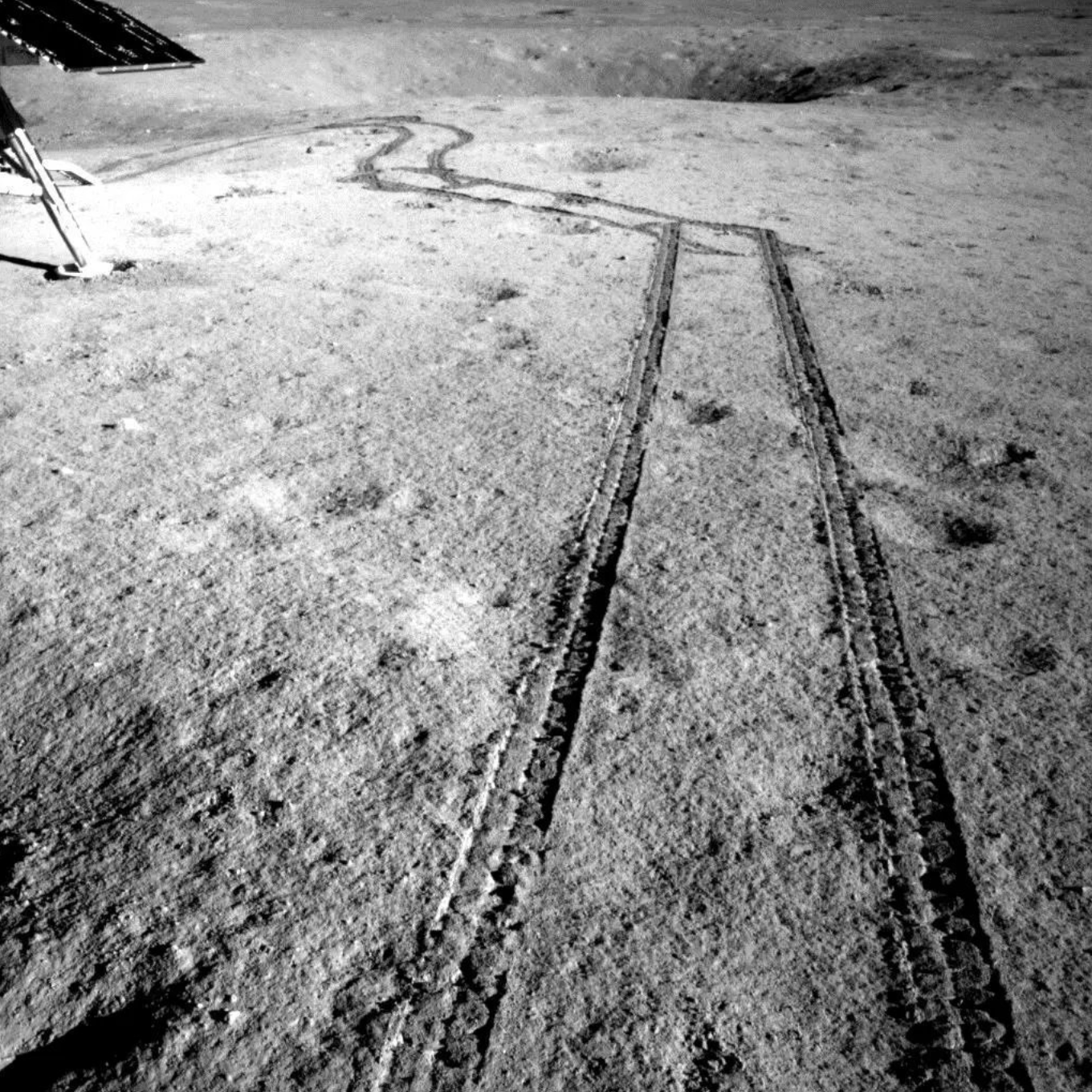Chinese media is claiming that while investigating the far side of the moon, the country’s Yutu-2 lunar rover stumbled upon a unique “gel-like” substance of unknown origin sitting inside a small crater.
What we know so far: Yutu-2 made the discovery during its eighth lunar day on the moon as it zipped through an area riddled with small impact craters (a lunar day lasts 29.5 Earth days; this one was from late July into early August). A member of the rover’s team noticed a bizarre, colorful luster in one of the mission’s recent images, so the team directed the rover to study it more closely. The only real details China has released so far is that the material is “gel-like,” and that is exhibits an “unusual color.”
What could it be: Right now, the best explanation we have is that the material is not actually a gel, but probably a glass made of rock or regolith that melted in a high-energy meteorite impact on the surface of the moon long ago—possibly the same kind of trininite pieces formed after meteorite impacts on Earth.
Don’t settle for half the story.
Get paywall-free access to technology news for the here and now.
